Jainism Answer to Your Question
In the sixth century, BC Buddhism had just been founded. The Vedic religion was almost getting extinct and Hinduism, as we know it today, was at a nebulous stage. Jainism at that time was not only a mature and living religion but also one claiming hoary antiquity. All its tenets had fully developed by that time and these tenets have remained almost unchanged all these 2500 years. Jainism is thus the oldest living religion of India. But age alone is not what gives importance to Jainism. This religion is important because it has greatly influenced practically all-religious thinking of India. If, as is thought by many, the spirit of Indian religious life was 'life and world negating' it might be said that it was mainly due to the influence of Jainism and similar other religions of that time on Indian thought. It also shows the triumph of the Jain spirit over the 'life and world-affirming' attitude of the Vedic people who failed to divert the mainstream of Indian religious thinking from pessimism to an optimistic and joyous path. The aversion to the killing of animals, the belief that all ascetics are holy people (and conversely that a person in order to be holy should be an ascetic), the theory of the transmigration of the soul, and that 'getting born in this world is itself a punishment' all these are parts of Hindu thinking. They seem to have been adopted without much change from Jainism and similar other religions that existed in India in the sixth century BC. (The evidence of the existence of such religions, though scanty, is available from the Buddhist and Jain texts. Yet, the Jains constitute a small proportion of the Indian people. They probably number a little over three million in a population of nearly 700 million. How did such a small community exercise so much influence? The answer probably lies in the fact that the original religions of the Indian people at least from the Indus Valley times were similar in many respects to Jainism. These religions got somewhat modified by the impact of the Vedic cult, but ultimately the ancient religions of India, of which Jainism was one, prevailed Jainism has thus not so much influenced as provided a guide-post to Hinduism to get back to its original course. Since Jainism itself has not much changed or developed in the course of these 2,500 years, it has in a sense no history. The last change in Jainism was introduced by Mahavira himself when he proposed an additional vow to the original four vows of Parshva the immediately- preceding Tirthankara. The Jains themselves recognized this absence of change by hesitating to write any history of their religion after Mahavira. Indeed, when the Digambaras write any history (or mythology) of their religion they stop with Mahavira. The Svetambaras do not doubt at least two works, which continue the history even after Mahavira, but these too stop after a few centuries. This is, therefore, a history of the Jain people and not so much a history of their religion. In the history of Jains, the most important figure is Mahavira. He was a contemporary of the Buddha. This we know from the Buddhist works only, for the Jain works never mention the Buddha. Mahavira lived for 72 years of which for the last 30 years he was a teacher. The Jain works give some details for the first 42 years of Mahavir's life, but tell us little about his life as a teacher. (In the case of Buddha also the Buddhist works give few details of his life after he became a teacher). Jainism did not get much royal support in the first few centuries after Mahavira. Indeed, the Jain's themselves claim only one royal patron in these centuries. He was Samprati, grandson of Ashoka, and ruler of Ujayini. Epigraphic evidence, however, shows that Ashoka himself was a protector of the Jains and had appointed officers to look after their welfare, though he may not have been a patron. Again from epigraphic evidence, we know that in the 1st century BC king Kharavela of Orissa and his queen were patrons of Jainism. (The Jain works mention Ashoka only in passing, and Kharavela is not known to them at all). People engaged in commerce and trades were drawn towards Jainism from at least the early centuries of the Christian era. This we know from the extensive remains of the sculptures gifted by them in the Kankalitila in Mathura.
Get it now and save 10%
BECOME A MEMBER

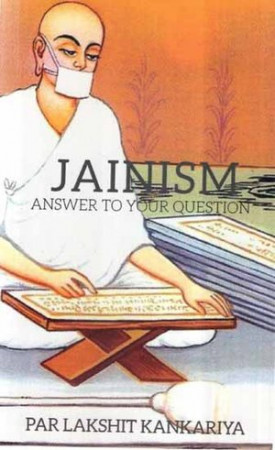
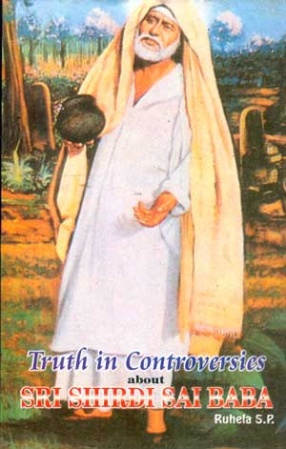
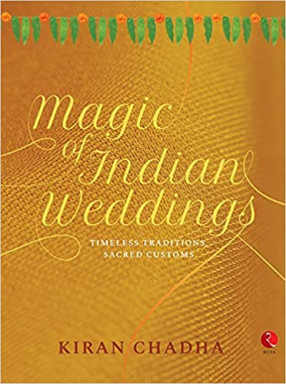
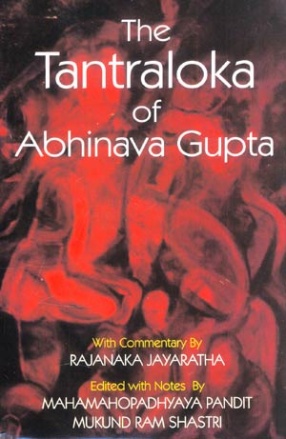
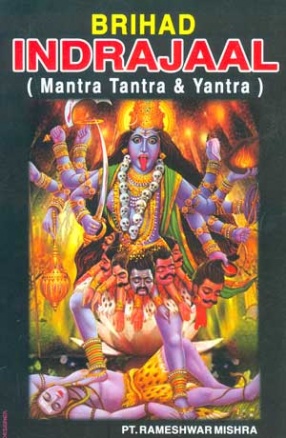

Bibliographic information